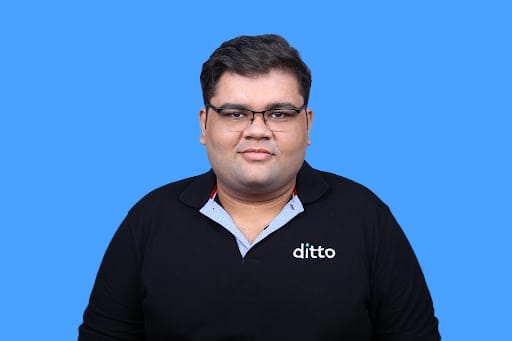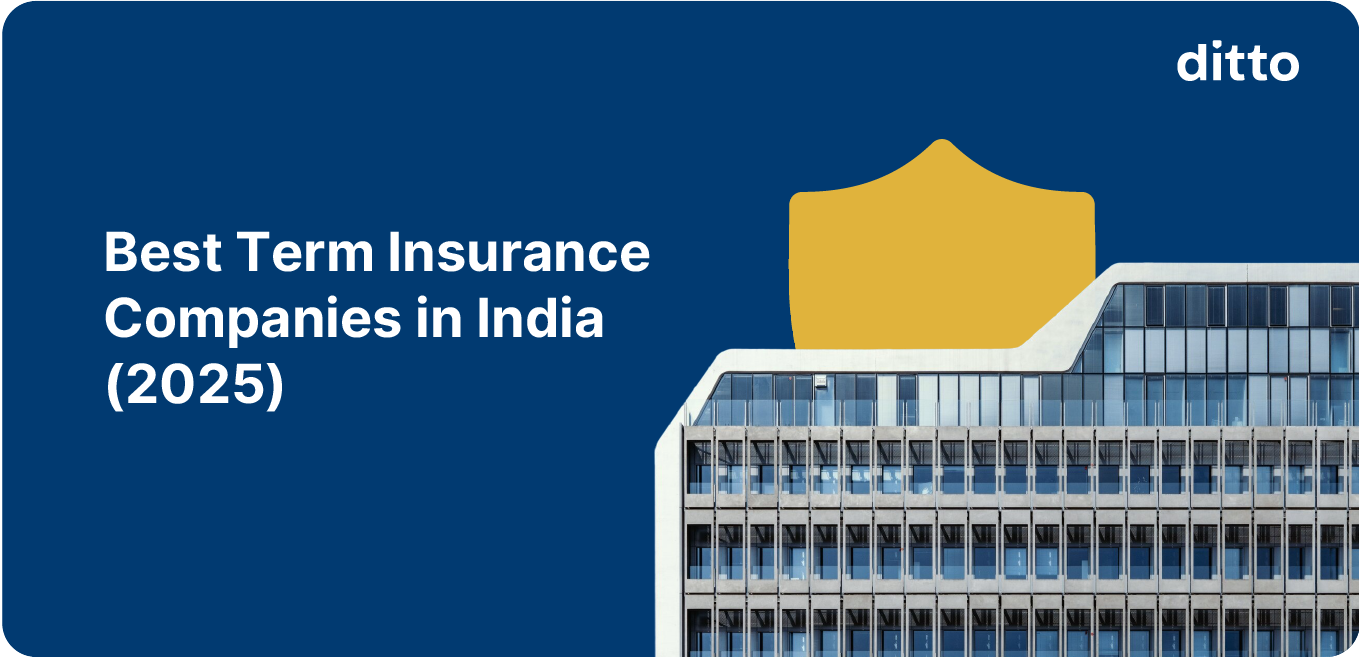Finding the best term insurance company isn’t straightforward. Because different insurers excel at different things, and the right choice could depend on what you value most. That could be smooth claim handling, financial strength, or easy digital access.
At Ditto, we use a data-driven Insurer Rating Methodology to create an objective list. Here, each insurer is rated on measurable factors like Type of Insurer, Year Founded, Amount Settlement Ratio (ASR), Claim Settlement Ratio (CSR), Gross Written Premium or GWP (to know the size and scale), Complaint Volume, and Online Service Availability.
These factors together form Ditto’s Insurer Score. It is a 5-point scale that makes it easy to compare companies.
Top 5 Term Insurance Companies in India 2026
The above rankings are as of 8th December, 2025.
Why Have Term Insurance?
There’s no denying that if there’s one product you should buy in insurance, it’s term insurance. It’s the simplest, purest form of life insurance and the cornerstone of any financial plan. If you pass away during the policy term, your family receives the full sum assured. And this simplicity is exactly what makes it such a powerful product by keeping the premiums affordable, by giving a high cover, and with no hidden deductions or complicated structures.
This is why we recommend starting with a solid term cover, and only then considering other insurance products if necessary.
How to Choose the Best Term Insurance Company in India 2026
A good insurer needs to perform well where it matters most, such as claim reliability, complaint handling, solid financials, and simple digital access.
But looking at any of these parameters in isolation can be misleading. For instance, an insurer may show an excellent CSR, yet still struggle with high-value claim payouts, rising complaint volumes, slow servicing, or weak digital processes.
That’s why we built a transparent, data-based system to assess every insurer objectively.
Here are the 5 factors behind our rating:
Each insurer is scored on five measurable parameters. These combine into a 10-point Insurer Rating, which we then simplify into a 5-point Ditto Insurer Score for easier comparison.
Our Rating Formula:
Insurer Rating = (0.2 × CSR) + (0.1 × ASR) + (0.15 × Complaints) + (0.4 × GWP) + (0.15 × Online Services)
Here’s what each metric means:

Claim Settlement Ratio (20%)
The percentage of claims paid. Most term insurers already have high CSR ratios since these are death claims, so this metric carries moderate weight.
Amount Settlement Ratio (10%)
Measures how much of the total claim amount is paid. This helps identify if high-value claims are being honoured equitably (something CSR alone can’t show).
Volume of Complaints (15%)
Complaints are always shown per 10,000 claims, and they are a direct reflection of how smooth (or painful) a customer’s servicing and claim journey is. Lower numbers generally mean smoother service and fewer disputes.
Gross Written Premium (40%)
Reflects financial strength and market trust. Bigger insurers usually mean more stability and smoother operations. And since this is term insurance we are talking about, GWP is an important determinant of whether an insurer can honor claims decades into the future.
Online Services (15%)
Shows whether you can buy, renew, or service your policy digitally. Small weight, but important for convenience.
Note: These metrics are for the life insurance company as a whole (includes other products like ULIPs/savings and annuity plans) and not just the term insurance segment of the business.
Together, these five factors show who’s financially sound, pays claims reliably, and offers a smooth digital experience. Moreover, these metrics are averaged over the last three years.
In simple terms, each parameter is first converted into a numerical score based on the insurer’s performance. We then multiply each score by its assigned weight (for example, CSR contributes 20%, GWP contributes 40%), and add these weighted values to arrive at a single 10-point Insurer Rating.
Finally, this 10-point rating is simplified into a 5-point Ditto Insurer Score, so you can compare insurers at a glance while still relying on the full analytical depth behind the scenes.
If you want to see how each insurer scores on every parameter, check out our detailed rating methodology by clicking here.
With that understanding, let’s take a detailed look at the top 10 term insurance companies in India.
Top 5 Term Insurance Companies: Detailed Breakdown
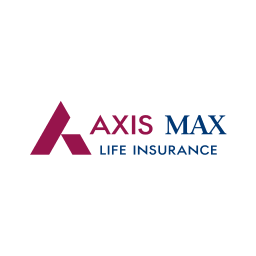
a) The Numbers Speak for Themselves
Axis Max Life Insurance Key Metrics
b) Pricing is Extremely Competitive
Axis Max Life offers some of the most competitive premiums in the market (even without the 1st year salaried/existing customer discounts). Pricing isn’t part of our Insurer Rating (“price no bar”), but in practice, it’s among the best value options.
c) Customer Experience and Servicing
Turnaround times are tight, servicing is predictable, and complaints are rare. Products are well-balanced, riders are useful, and customers often ask for their plans by name, which is generally a sign of real trust.
d) Where Can it Improve?
Brand recall is still lower than giants like LIC, HDFC, and ICICI. But with Axis Bank’s partnership and their increasing ownership in the venture, this gap is closing fast.
Our Take: A balanced mix of affordability, service quality, and stability. Axis Max Life may not always be the loudest brand, but it’s one of the most dependable.
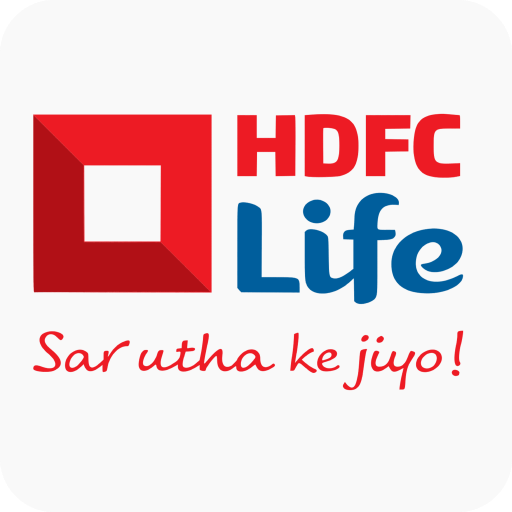
a) The Numbers Speak for Themselves
HDFC Life Insurance Key Metrics
b) Pricing and Products
Pricing is competitive but not always the cheapest. Here, you are paying for the scale, stability and brand value. The product range is broad and offers practical rider choices. (Pricing isn’t part of our Insurer Rating. The model is “price no bar” — but we mention it for context.)
c) Execution and Customer Experience
Some early servicing friction has eased as scale has grown. Claims handling is consistently reliable based on public data and our observations.
d) Where it Can Improve
Reduce underwriting friction in certain medical profiles and improve pricing in higher-age and cover amount bands.
Our Take: If you’re not going with Axis Max, HDFC Life is the next best option — strong brand, low complaints, solid products, and dependable claims.
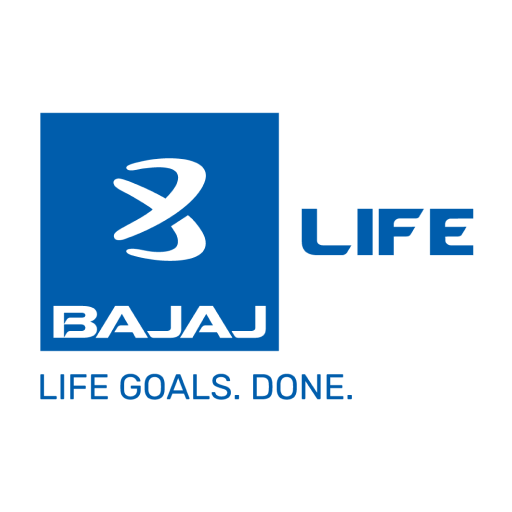
a) The Numbers Speak for Themselves
Bajaj Life Insurance Key Metrics
b) Onboarding and Underwriting
Medicals are arranged efficiently, and paperwork is simple, especially for NRIs, where medicals are usually paid for by the insurer. Overall, the onboarding process has less friction than most peers based on our sample set.
c) Pricing and Products
Pricing is among the most competitive. Even after ignoring a variety of first year discounts, it offers on its products for salaried folks, first time insurance buyers, and online purchase. (Pricing doesn’t feature in our insurer rating; we note it only for context.)The product lineup is decent though it isn’t always the most feature-heavy.
d) Where it Can Improve
The product catalogue could be more distinctive, and underwriting should remain smooth as the insurer scales.
Our Take: If you want smooth onboarding and dependable servicing, especially as an NRI, Bajaj Life is a great pick. Slightly smaller in scale, but very consistent. It also has the best solvency numbers in the industry.
Talk to an expert
today and
find
the right
insurance for you.

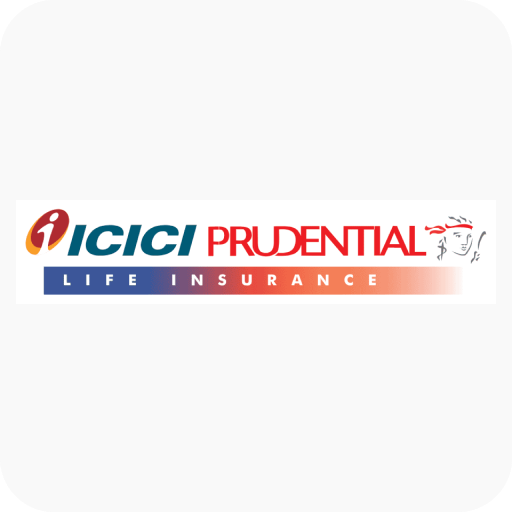
a) The Numbers Speak for Themselves
ICICI Prudential Life Insurance Key Metrics
b) Pricing and Products
Pricing is quite good for higher cover amounts due to tiered pricing/ bulk discounts. Note that pricing is not part of our Insurer Rating. The product catalogue is extensive, with multiple term variants and practical rider choices to tailor coverage.
c) Customer Experience
Underwriting is structured and generally predictable. Claims handling is consistent with the company’s scale and ratios.
d) Where it Can Improve
Relatively higher complaint volumes remain a weak spot for ICICI Prudential and could erode trust despite strong fundamentals. While the average is higher, the trend shows a decline in complaint volume.
Our Take: A reliable, large-scale insurer with strong claims and good product options. Great if you prefer a big, established brand.
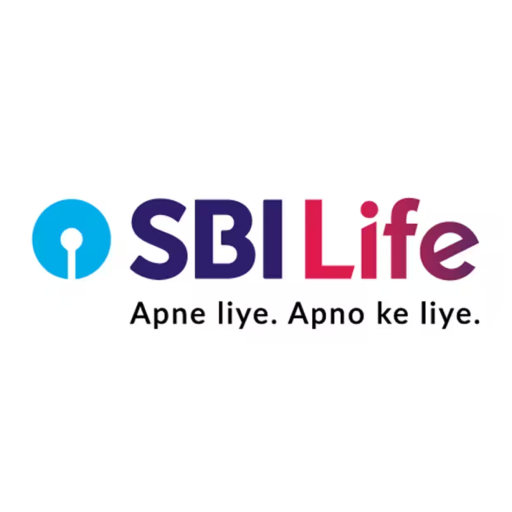
a) The Numbers Are Pretty Good
SBI Life Insurance Key Metrics
b) What We Like
SBI Life comes across as a steady, well-managed quasi-private insurer that benefits from the trust people naturally associate with SBI. In our review, the digital journey works well, customer support handles queries reliably, and the product range is wide. However, it has only 2-3 crore term plans and lacks important features and riders.
It isn’t a Ditto partner, but based on performance and user experience alone, SBI Life remains a dependable choice for buyers who want a large, familiar brand with smooth digital servicing.
Our Take: If you value the comfort of SBI’s legacy and want an insurer with rich and strong claim numbers, this is a good choice. It offers the scale and familiarity of a public-sector brand, with the efficiency of a private insurer.
Apart from the top 5 insurers, you can also check out a few other term insurance companies, such as:
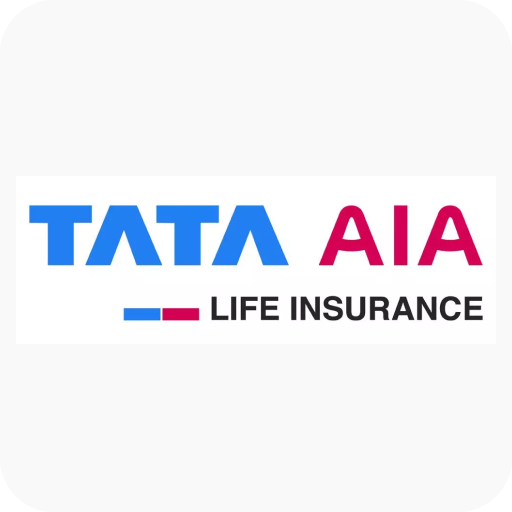
Metric Snapshot: CSR - 99.21%, ASR - 95.10%, Complaints - 3 per 10,000 claims, Gross Written Premium - ₹9,253 crore.
Strengths: Excellent claim ratios, responsive service, strong brand trust, and a growing digital footprint.
Weaknesses: Smaller scale compared to leaders, and we have often witnessed service variability at times.
Our Take : A well-rounded, reliable insurer with strong claims performance, though service experience and quality may vary. While not as large as HDFC or ICICI, TATA AIA stands out for its customer focus, stable operations, and the credibility that comes with both Tata and AIA.
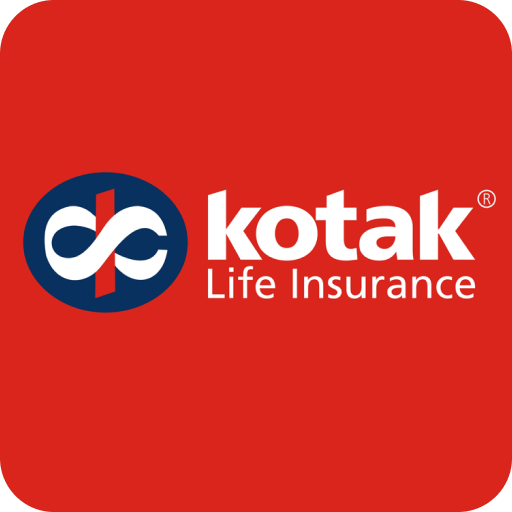
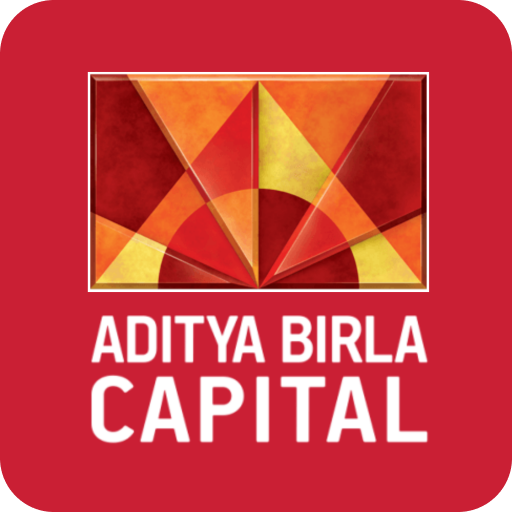
That said, our review of independent customer feedback indicates occasional friction in claims support and in clarity of servicing, something to keep in mind if after-sales experience is your top priority.
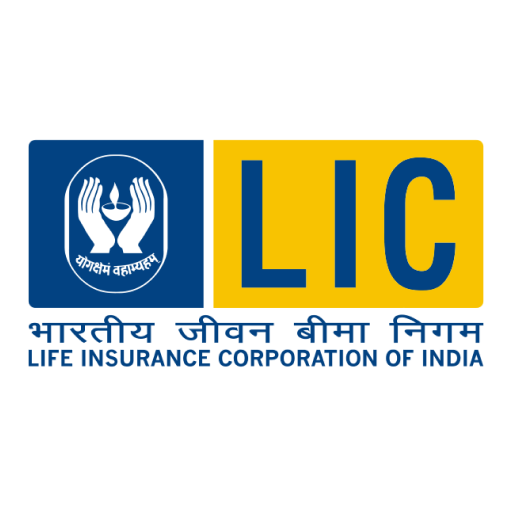
While LIC’s numbers aren’t as sharp as the top private insurers, its legacy and offline servicing strength make it a dependable option, especially for those comfortable buying through agents rather than digital platforms.
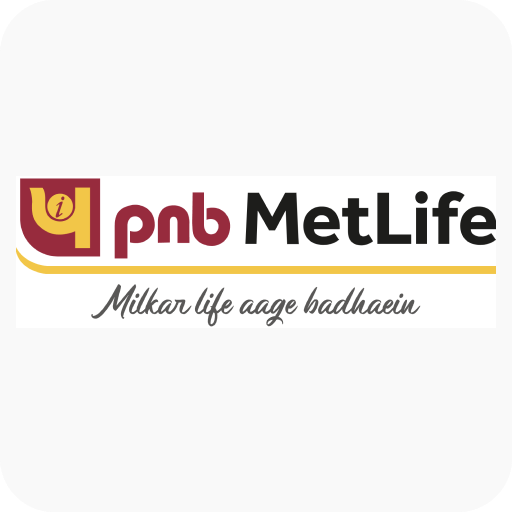
That being said, if you prioritize features such as spouse and child coverage, the insurer could be a good pick.
Why Talk to Ditto for Your Health Insurance?
At Ditto, we’ve assisted over 8,00,000 customers with choosing the right insurance policy. Why customers like Srinivas below love us:
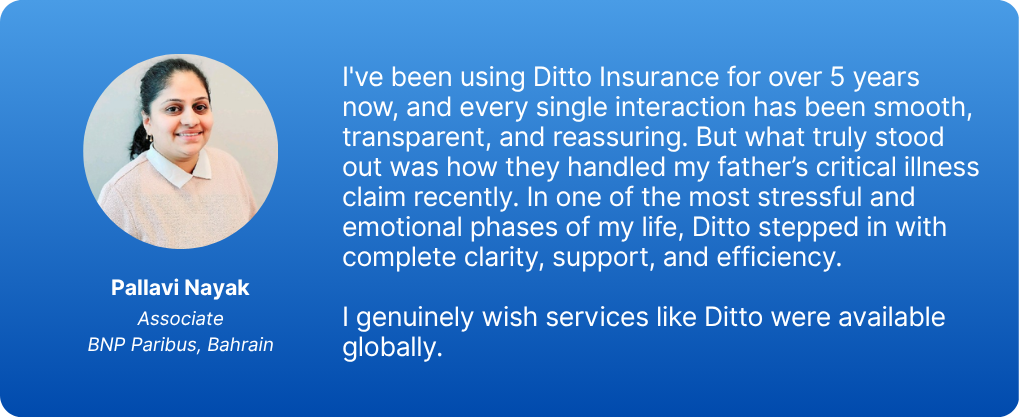
- No-Spam & No Salesmen
- Rated 4.9/5 on Google Reviews by 15,000+ happy customers
- Backed by Zerodha
- 100% Free Consultation
You can book a FREE consultation. Slots are filling up quickly, so be sure to book a call now!
Conclusion
There isn’t a single “best” term insurer for everyone. Each company has its own strengths. Some are exceptionally reliable with claims, others offer strong financial stability, and a few stand out for their product design or overall user experience. The right choice depends on what matters most to you.
So it’s important to understand what each insurer does well, how consistently they perform across claims and servicing, and whether they can support your family reliably in the long run.
Before finalizing your plan, always read the brochure carefully and speak with a licensed advisor. Because a term plan is a long-term contract, and choosing the right insurer matters!
Quick Note
For more details on how we approach reviews and partnerships, you can refer to our Editorial Policy & Disclaimers.
And as always, remember that this list is based on publicly available information and is not personalized insurance advice. Please review the policy brochure carefully and speak with a licensed advisor before choosing a plan.
Frequently Asked Questions
Last updated on:


